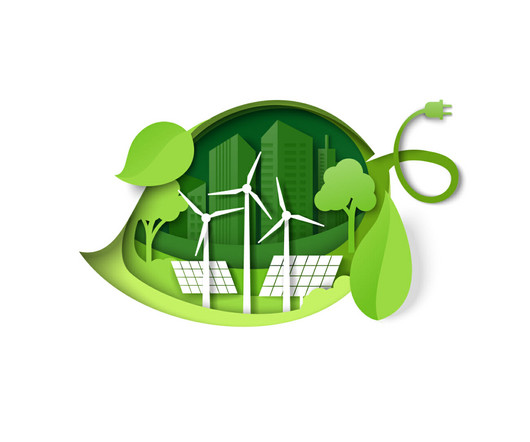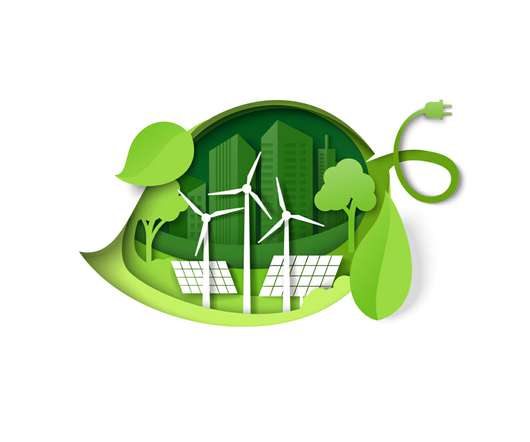Breakthrough Awards: KDDI, our G.O.A.T. Winner for Asia Pacific
Pure Storage
JUNE 8, 2022
KDDI is also leveraging technology to power sustainable growth and aims to achieve net-zero CO2 emissions in its business activities by 2030. Pure Storage is one of the foundations for KDDI’s sustainable data architecture. Congratulations to KDDI on winning the regional Pure Storage Greatest of All Time Breakthrough Award.












Let's personalize your content